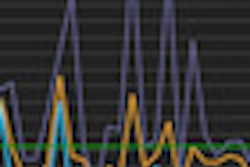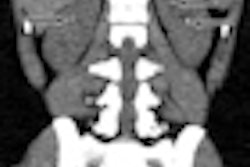A new analysis of growth in healthcare costs at U.S. hospitals found that medical imaging technology accounted for only 5% of the growth in healthcare expenses, an amount that was dwarfed by the increasing cost of medical supplies, according to an article in Health Services Research.
Medical imaging has frequently been blamed for rising healthcare costs, but the study of more than 10.2 million patient discharge records found that radiology costs accounted for only 4.9% of the overall growth in costs between 2001 and 2006, according to the research team led by Jared Lane Maeda, PhD, of the analytic consulting and research services division of Truven Health Analytics in Washington, DC (Health Serv Res, September 4, 2012).
Overall, the group found that the total cost for hospital inpatient services grew by $18.5 billion over the study period, a total increase of 52% and an average annual compounded rate of 8.7%. The mean cost per discharge grew 25.4% over the five-year period, or $1,938 per discharge.
Of this increase per discharge, supply items required for patient care was the leading contributor to growth, making up $469 of the increase, or 24.2%. The second highest increase in costs was for intensive care treatment at $341 per discharge (17.6%), and semiprivate room and board charges were $220 (11.3%).
On the other hand, diagnostic imaging exams and other advanced technological services contributed 4.9% to the average increase in cost per discharge. Within the imaging category, MRI showed the largest growth, at 59.4%, but it still only contributed $19 (1%) to the total growth in costs per discharge. CT had the largest change in dollars, at $63 for all discharges, and contributed 3.3% of the total growth in cost per discharge.
"Previous studies have suggested that the increased utilization of imaging services, such as CT scans and MRI, may be responsible for driving the growth in hospital costs," the authors wrote. "We found that, aside from CT scans, imaging and other advanced technological diagnostic services were not among the top service codes accounting for the largest proportion of the total change in mean cost per discharge."
The authors speculated that the large increase in the supplies and devices category might be due to hospitals adopting technologies that have higher ancillary costs. This raises the question of whether payors have enough evidence for determining if certain procedures or devices are cost-effective.
Based on their findings, the authors suggested that hospitals should examine their own data in closer detail to analyze rapidly rising costs and determine the underlying reasons for the growth.




















